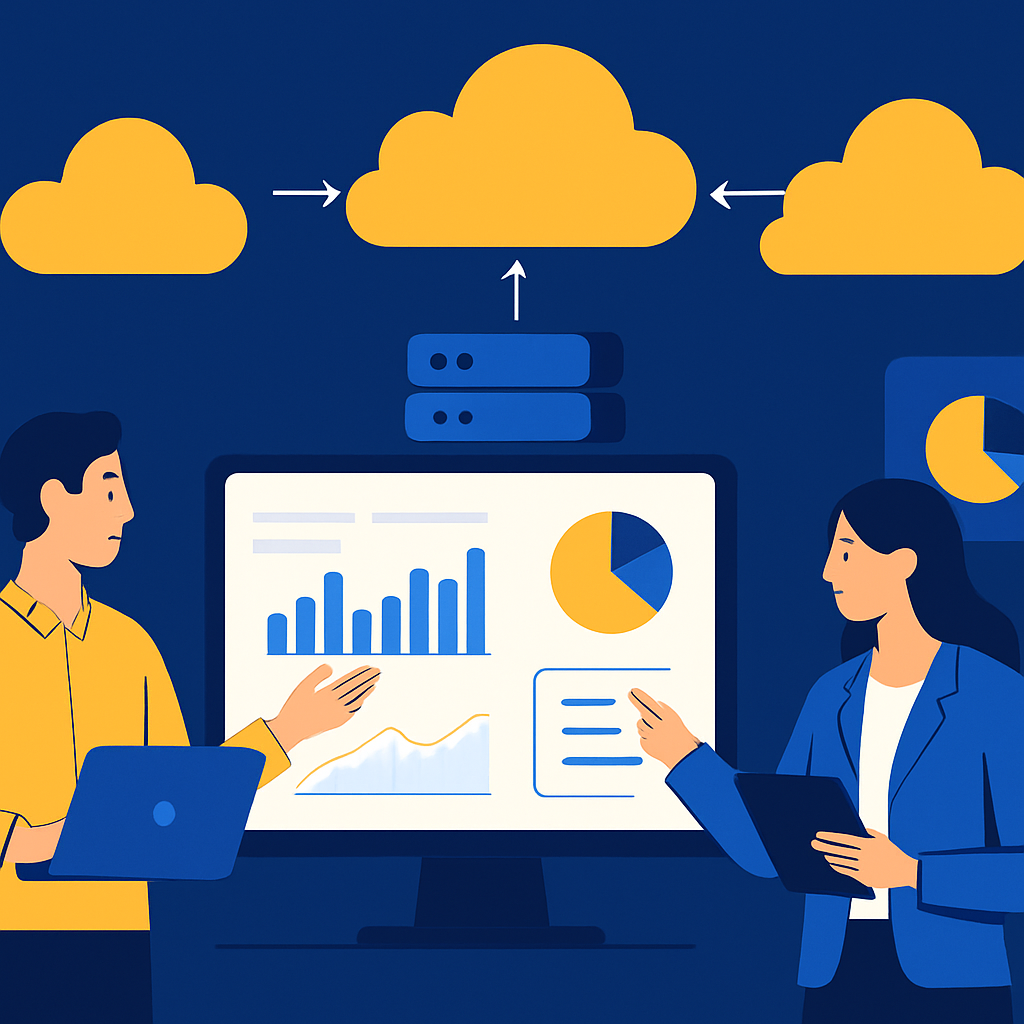
Mastering Technical Debt Management: A Strategic Imperative for Digital Transformation
In today’s rapidly evolving business landscape, technical debt has emerged as a critical challenge for organizations pursuing digital transformation. While innovation and speed-to-market remain top priorities, the accumulation of outdated code, legacy systems, and quick fixes can silently erode agility, elevate security risks, and inflate operational costs.
Understanding Technical Debt
Technical debt refers to the implied cost of additional rework caused by choosing a quick or easy solution now instead of a more robust, scalable approach. This debt is not inherently bad—in fact, strategic technical debt can help organizations gain short-term advantages—but unmanaged debt can cripple long-term growth.
The Strategic Impact on Enterprises
For C-level executives, technical debt is not just an IT concern; it’s a strategic issue that impacts competitiveness, innovation capacity, and revenue growth. Left unmanaged, it can lead to higher maintenance costs, reduced system performance, increased security vulnerabilities, and difficulty integrating emerging technologies such as AI implementation or advanced analytics.
Actionable Steps for Technical Debt Management
1. Quantify and Prioritize Debt
Begin by assessing your organization’s technical debt using structured frameworks. Identify which components have the highest impact on business outcomes. Consider leveraging tools like our Legacy System Modernization Framework to evaluate modernization priorities.
2. Align Debt Reduction with Business Strategy
Debt reduction initiatives should be directly tied to business goals. For instance, if your strategy involves expanding into new markets, prioritizing systems that enable scalability and compliance should take precedence.
3. Embed Debt Management into Development Practices
Integrate technical debt tracking into agile sprint reviews and release planning. Encourage cross-functional collaboration between product owners, architects, and developers to make informed trade-offs.
4. Modernize Legacy Systems
Legacy systems often represent the largest portion of technical debt. Modernization not only reduces debt but also enhances integration capabilities with cloud platforms and emerging technologies. Our Cloud Migration Assessment can help you determine readiness and optimal migration paths.
5. Invest in Proactive Governance
Establish governance policies to monitor and control technical debt. This includes code quality standards, architectural reviews, and security compliance checks. Our AI Governance services help ensure that both AI-driven and traditional systems remain aligned with risk and compliance requirements.
Technical Debt and Security Risks
Unaddressed technical debt can expose your organization to significant security vulnerabilities. Systems with outdated dependencies are prime targets for cyberattacks. Regular security assessments, combined with our Security Services, can mitigate these risks while reducing long-term remediation costs.
Leveraging AI and Analytics to Manage Technical Debt
AI-powered tools can detect code inefficiencies, predict future maintenance needs, and recommend optimization strategies. Coupling this with enterprise-grade data analytics enables organizations to make evidence-based decisions about debt prioritization and resource allocation.
Measuring ROI of Technical Debt Reduction
Effective technical debt management delivers measurable returns—reduced maintenance costs, improved system performance, faster feature delivery, and enhanced security posture. Use our Digital Transformation ROI Calculator to quantify the financial benefits of debt reduction initiatives.
Conclusion
Technical debt management is not a one-time project—it’s an ongoing discipline that requires executive sponsorship, cross-functional collaboration, and strategic alignment. By quantifying debt, prioritizing high-impact areas, embedding governance, and leveraging modern technologies, organizations can turn technical debt from a liability into a strategic asset, paving the way for sustainable innovation and competitive advantage.


